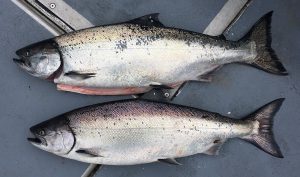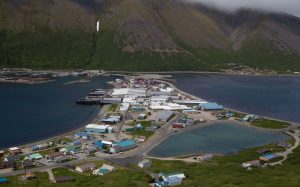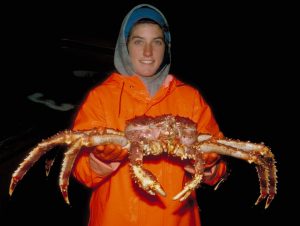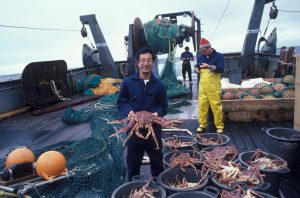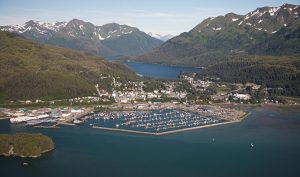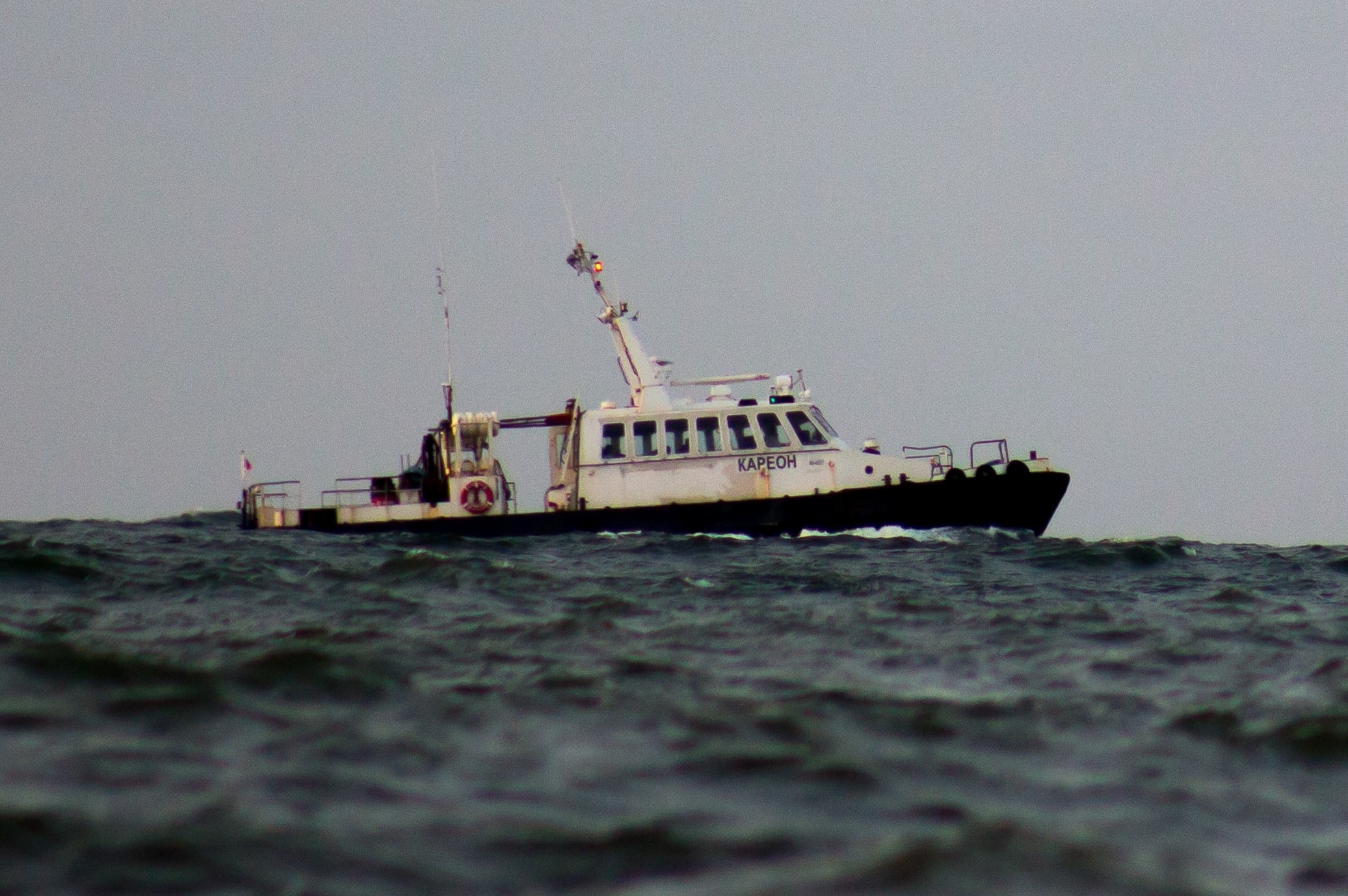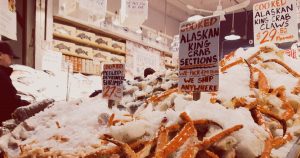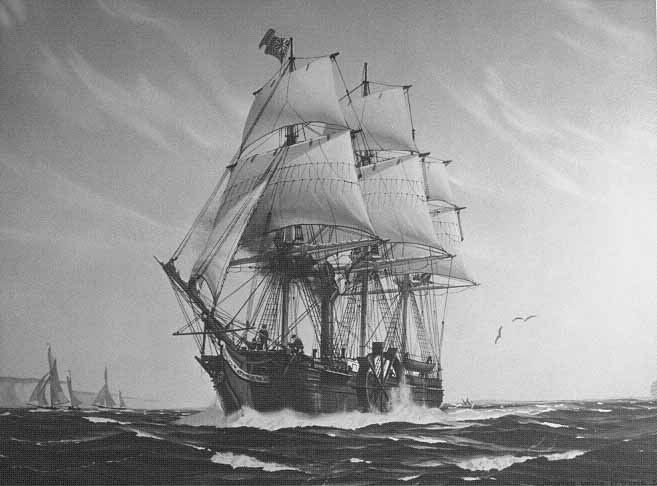Peter Pan Suspends Summer and Winter Production Indefinitely
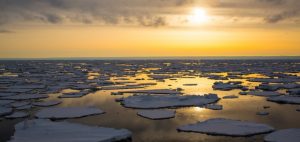 Peter Pan Seafood’s future has been uncertain since January when the company disclosed plans to shutter its King Cove facility for the winter fishing seasons of cod, whitefish, and crab. Today, the company has officially announced it will “suspend operations at its processing facilities, ceasing both summer and winter production cycles indefinitely.”
Peter Pan Seafood’s future has been uncertain since January when the company disclosed plans to shutter its King Cove facility for the winter fishing seasons of cod, whitefish, and crab. Today, the company has officially announced it will “suspend operations at its processing facilities, ceasing both summer and winter production cycles indefinitely.”
The cessation of operations follows shortly after Peter Pan finalized an agreement with Silver Bay Seafoods. Silver Bay has officially acquired Peter Pan’s Valdez processing plant and will oversee the operations of Peter Pan’s facilities in Port Moller and Dillingham for the upcoming season.
The agreement raised numerous industry concerns, particularly regarding the future of the King Cove plant. Moreover, uncertainty lingers around the fate of the Port Moller and Dillingham facilities, with Silver Bay’s commitment limited to operating them for the upcoming “2024 salmon season.”
 Maritime Injury Law Blog
Maritime Injury Law Blog


